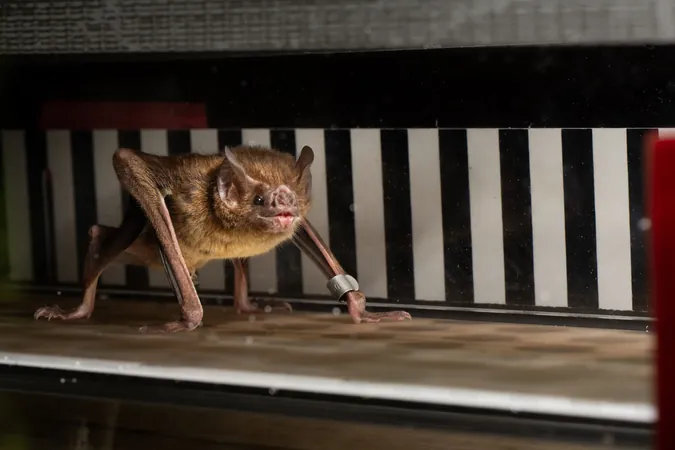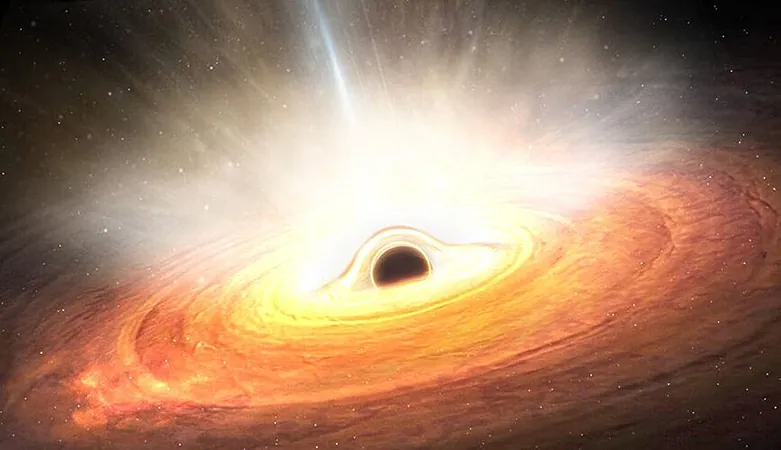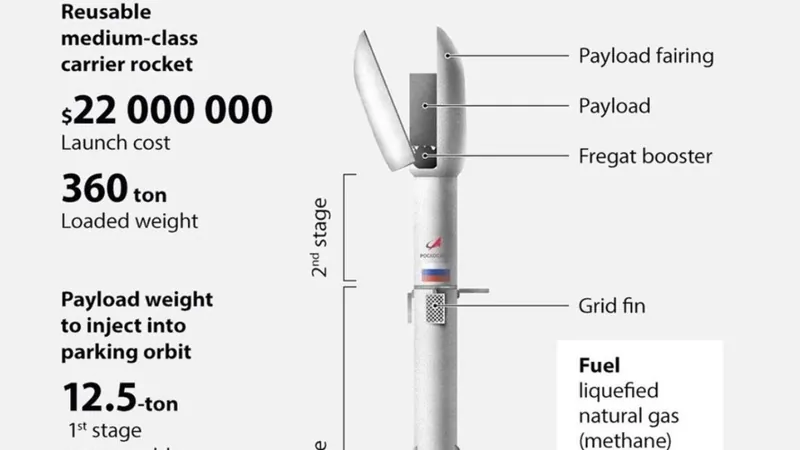
Vampire Bats Use Amino Acids Like Insects: A Groundbreaking Study Reveals Metabolic Secrets!
2024-11-06
Author: Liam
Introduction
A recent study from biologists at the University of Toronto has uncovered a fascinating revelation about vampire bats: these notorious bloodsuckers metabolize amino acids similarly to their insect counterparts. The groundbreaking findings, published in the journal Biology Letters, highlight the unique dietary adaptations of these creatures that allow them to thrive on a diet primarily made up of blood.
The Experiment
In a meticulously designed experiment, researchers Giulia Rossi and Kenneth Welch monitored the metabolism of vampire bats by encouraging them to hop on a treadmill in the laboratory. This innovative technique sidestepped the common issues associated with measuring the metabolism of flying animals, like cumbersome oxygen intake devices that skew results. Instead, the scientists observed the bats as they ran—a behavior that vampires naturally employ when pursuing prey.
Unique Metabolic Adaptations
Historically, most vertebrates derive their energy from carbohydrates, while blood-sucking insects, such as tsetse flies, primarily burn amino acids extracted from the blood of their victims. Vampire bats, however, are a remarkable exception. Their diet poses a unique challenge, requiring them to consume blood daily, as amino acids cannot be stored and must be metabolized immediately.
Research Findings
In their study, the researchers tested 24 vampire bats, providing them each with a meal of cow's blood enriched with amino acids and specially labeled carbon for precise tracking. As the bats ran at speeds of up to 30 meters per minute, metrics revealed that they efficiently converted the amino acids in the blood meal into energy—a discovery that contributes significant insights into the evolutionary adaptations of vampire bats.
Implications and Risks
These findings not only shed light on the metabolic peculiarities of vampire bats but also raise intriguing questions about the risks associated with their feeding behavior. Being unable to store energy over time means that these bats face a dire threat of starvation if they fail to find a meal each day.
Conclusion
This remarkable research reveals the hidden complexities of vampire bat biology and underscores the adaptability of these creatures in the wild. As scientists continue to explore the metabolic mechanisms of various species, the vampire bat stands out as a symbol of evolution’s ingenuity—perfectly designed for its blood-based lifestyle. Stay tuned for more fascinating insights as biologists delve deeper into the world of these enigmatic creatures!









 Brasil (PT)
Brasil (PT)
 Canada (EN)
Canada (EN)
 Chile (ES)
Chile (ES)
 España (ES)
España (ES)
 France (FR)
France (FR)
 Hong Kong (EN)
Hong Kong (EN)
 Italia (IT)
Italia (IT)
 日本 (JA)
日本 (JA)
 Magyarország (HU)
Magyarország (HU)
 Norge (NO)
Norge (NO)
 Polska (PL)
Polska (PL)
 Schweiz (DE)
Schweiz (DE)
 Singapore (EN)
Singapore (EN)
 Sverige (SV)
Sverige (SV)
 Suomi (FI)
Suomi (FI)
 Türkiye (TR)
Türkiye (TR)